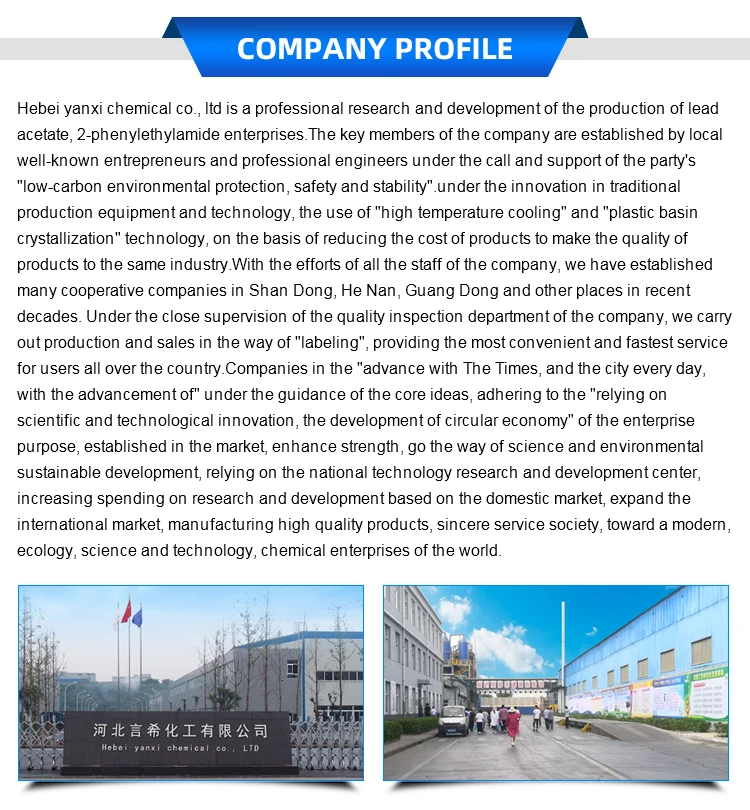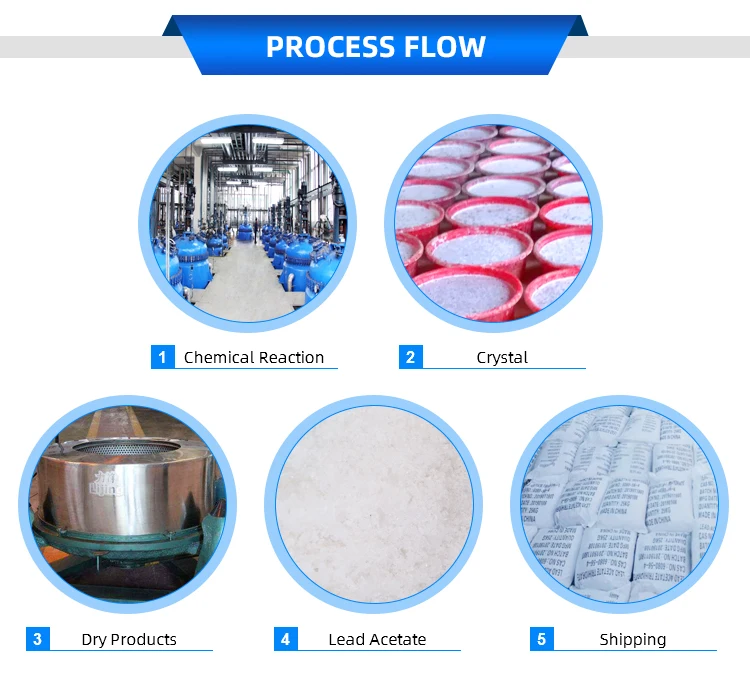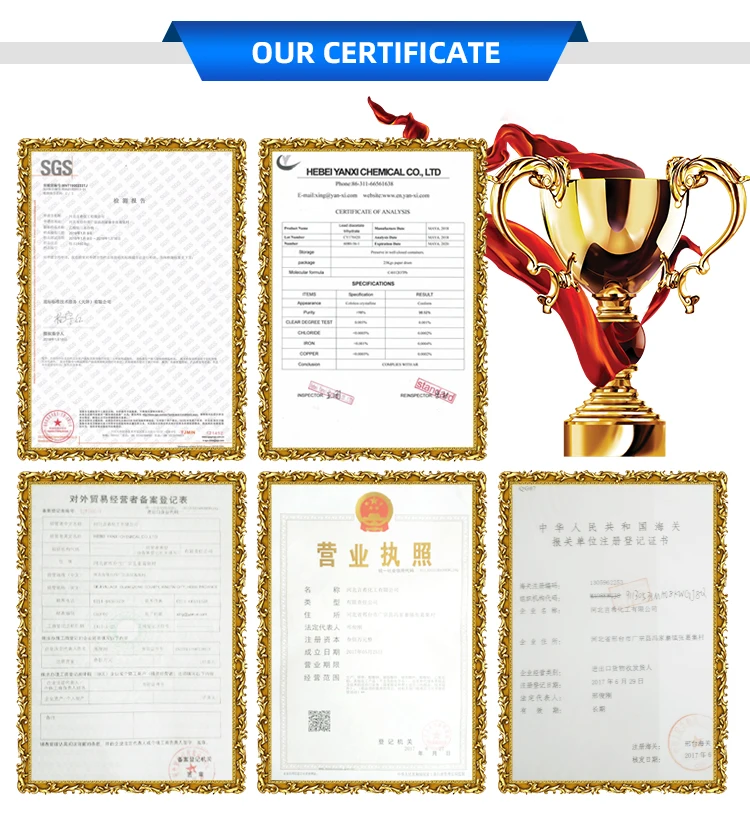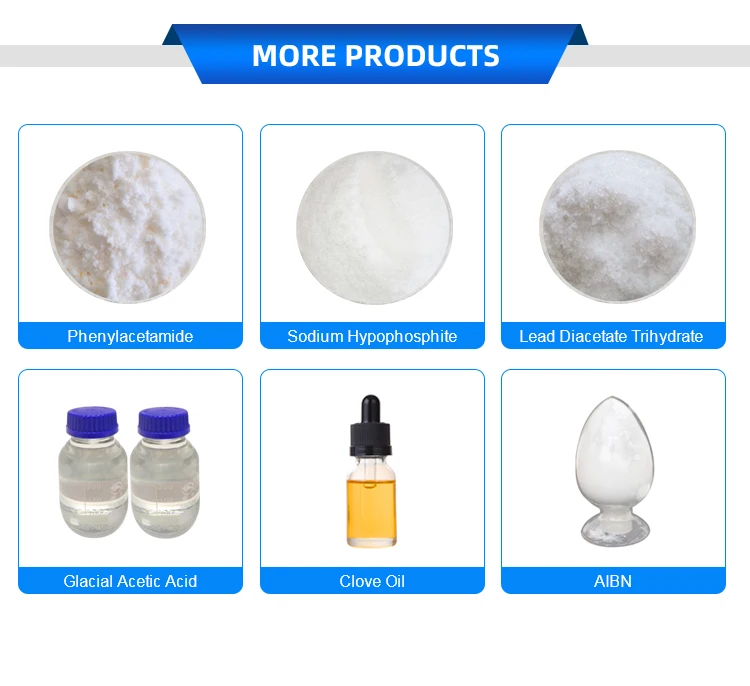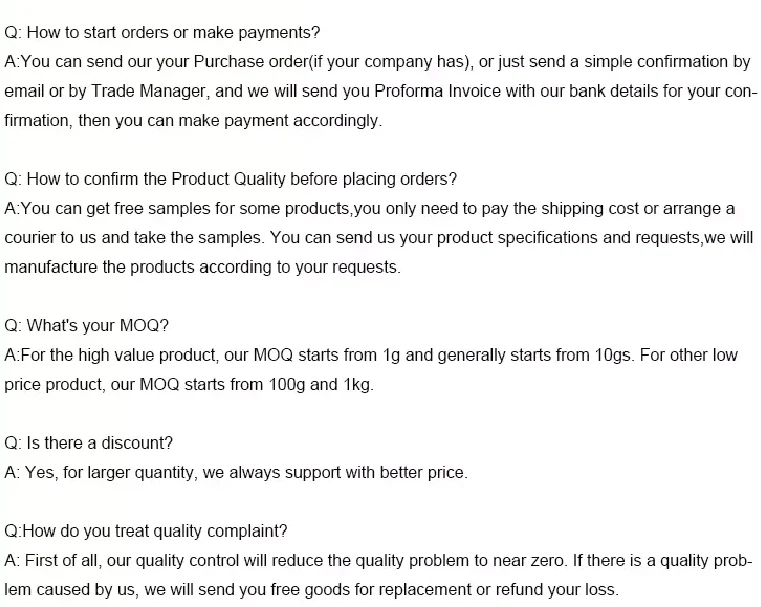Guanidine hydrochloride, white or yellowish lumps.As an intermediate of medicine, pesticide, dye and other organic synthesis, it is an important raw material for the manufacture of sulfanilamide drugs and folic acid, and can also be used as an antistatic agent for synthetic fiber.
|
Guanidine hydrochloride
|
| Structural Formula: |
HN=C(NH2)2•HCL |
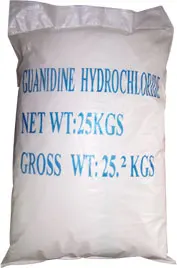 |
| Molecular formula: |
CH5N3•HCL |
| Molecular weight: |
95.54 |
| Standard:Industrial grade and Medicine grade |
Preparation method:
Guanidine hydrochloride preparation method, with the following process:
a, melting, the weight ratio of 1∶1.27 dicyandiamide and ammonium chloride into the reactor, melting reaction at 170 ~ 230℃, guanidine hydrochloride crude product;
b, dissolve, at room temperature, dissolve guanidine hydrochloride in water at a ratio of 1 to 1, and add ammonium salt alkali to the solution according to the content of ammonium salt in guanidine hydrochloride;
c, filtration, the raw materials and reaction by-products are removed by filtration method;
d, dehydration, the filtered mother liquor at high temperature dehydration;
e, crystallization, supersaturated solution cooling, concentrated crystallization, to obtain high-purity guanidine hydrochloride.
f, the guanidine hydrochloride after step e is added into the dicyandiamide into the reactor, the melting reaction is carried out at 170 ~ 230℃ for 3 ~ 4h, and then through steps b, c, d, e, to obtain higher purity guanidine hydrochloride, and this step can be repeated several times according to needs. g. The guanidine hydrochloride after step e is then passed through steps b, c, d and e, where the ratio of step b to water is 1.5∶1 to obtain higher purity guanidine hydrochloride, and this step can be repeated several times as needed.
|
Items
|
Technology Index
|
| |
Medicine grade |
Industrial grade |
GUANIDINE HYDROCHLORIDE SOLUTION60%
|
| Appearance |
White crystal |
White crystal |
Colorless transparent liquid |
| Content > |
99.5% |
99% |
60±l |
| Ammonium salt < |
0.3% |
0.5% |
0.5 |
| Water-insoluble < |
0.1% |
0.1% |
0.2 |
| Moisture < |
0.3% |
0.3% |
|
| Ash Content < |
0.05% |
0.05% |
|
| Water-solubility |
Qualified |
Qualified |
|
| Melting point℃ |
184-188 |
182-188 |
|
| Light absorbance(Ultraviolet rays wavelength260NM) |
≤0.04 |
|
|
| Light absorbance(Ultraviolet rays wavelength280NM) |
≤0.02 |
|
|
| PH Value(4% water solution) |
6.4±0.2 |
6.4±0.2 |
6.5~7.5 |
|
Proportiond420
|
|
|
1.1~1.2 |
Application:
1. It can be used as intermediates in the organic synthesis of medicine, pesticides, dyes and other materials.It can be used to synthesize 2-aminopyrimidine, 2-amino-6-methylpyrimidine, 2-amino-4, 6-dimethylpyrimidine, which is the intermediate of sulfadiazine, sulfadimethazine, sulfadimethazine and other sulfadiazine drugs.
2. Guanidine hydrochloride (or guanidine nitrate) reacts with ethyl cyanoacetate to form 2, 4-diamino-6-hydroxypyrimidine in cyclization and is used to synthesize folic acid, an anti-anemia drug.It can also be used as an antistatic agent for synthetic fibers.
3. It can also be used as a protein denaturant.
4. As a strong denaturant in the experiment of extracting total RNA from cells.Guanidine hydrochloride solution can dissolve the protein, resulting in the destruction of the cell structure, the destruction of the secondary structure of the nuclear protein, dissociated from the nucleic acid, in addition, the RNA enzyme can be inactivated by guanidine hydrochloride and other reductants.
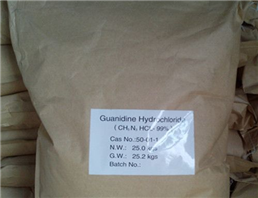
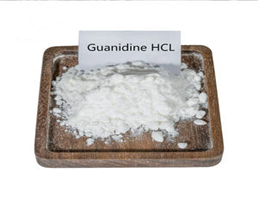
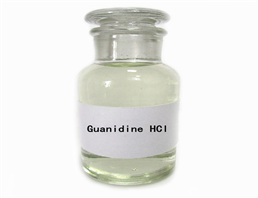
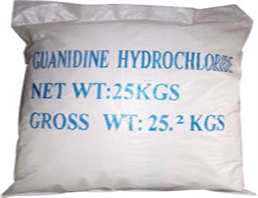

 China
China
